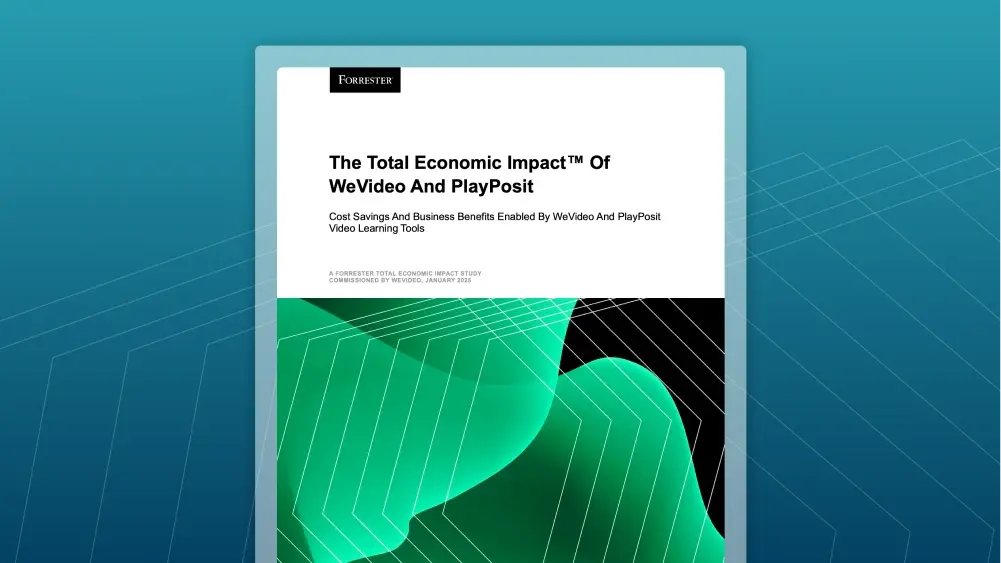Traditionally, nursing students are required to perform tasks such as venipuncture, the puncturing of a vein for a medical procedure, under direct supervision. The tasks are observed one-on-one by their instructor. Not only does this method of observation frequently result in anxiety for students and impact performance, but it’s also highly time-consuming for learners and instructors alike.
Dr. Jaime Hannans of California State University Channel Islands (CSUCI) decided to find a solution to allow her nursing students to experience simulated practice scenarios without the need for one-on-one observation. With WeVideo, nursing students were able to record themselves performing specific tasks such as venipuncture. Students submitted videos and, as a result, were able to experience increased practice, reduced performance anxiety, and more timely feedback.
Objectives
- Save time: Students and instructors reduce one-on-one observation time with a video recording of the venipuncture procedure.
- Increase practice: Students increase practice time by recording multiple practice sessions.
- Reduce performance anxiety: Students are more comfortable and familiar with the procedures without having to perform with an audience.
- Timely feedback: Students receive feedback without interruption during the procedure rather than waiting until the end of the procedure for the instructor to provide feedback.
Implementation
Dr. Hannans instructed nursing students to upload learner-created content using WeVideo. Students were required to record themselves performing the assigned tasks and would then share their videos with their instructor for feedback. The video recordings allowed their instructor, Dr. Hannans, to observe the student’s performance and provide feedback in an asynchronous manner.
Results
Providing feedback through text, video recording, and images allowed Dr. Hannans to give her students a more holistic response to successes and mistakes. Additionally, she was able to provide feedback at the moment it was necessary as opposed to interrupting a student's action or having to wait until the end of the procedure when the correction might have less of an impact. Students can review the video with the accompanying feedback and more readily identify where they succeeded and where they need to improve.
Takeaways
Dr. Hannans determined that asking nursing students to record themselves performing the necessary tasks resulted in them practicing more, which may be a sign of improved self-reflection. It also led to students feeling less nervous while performing the actual tasks and reducing performance anxiety.

